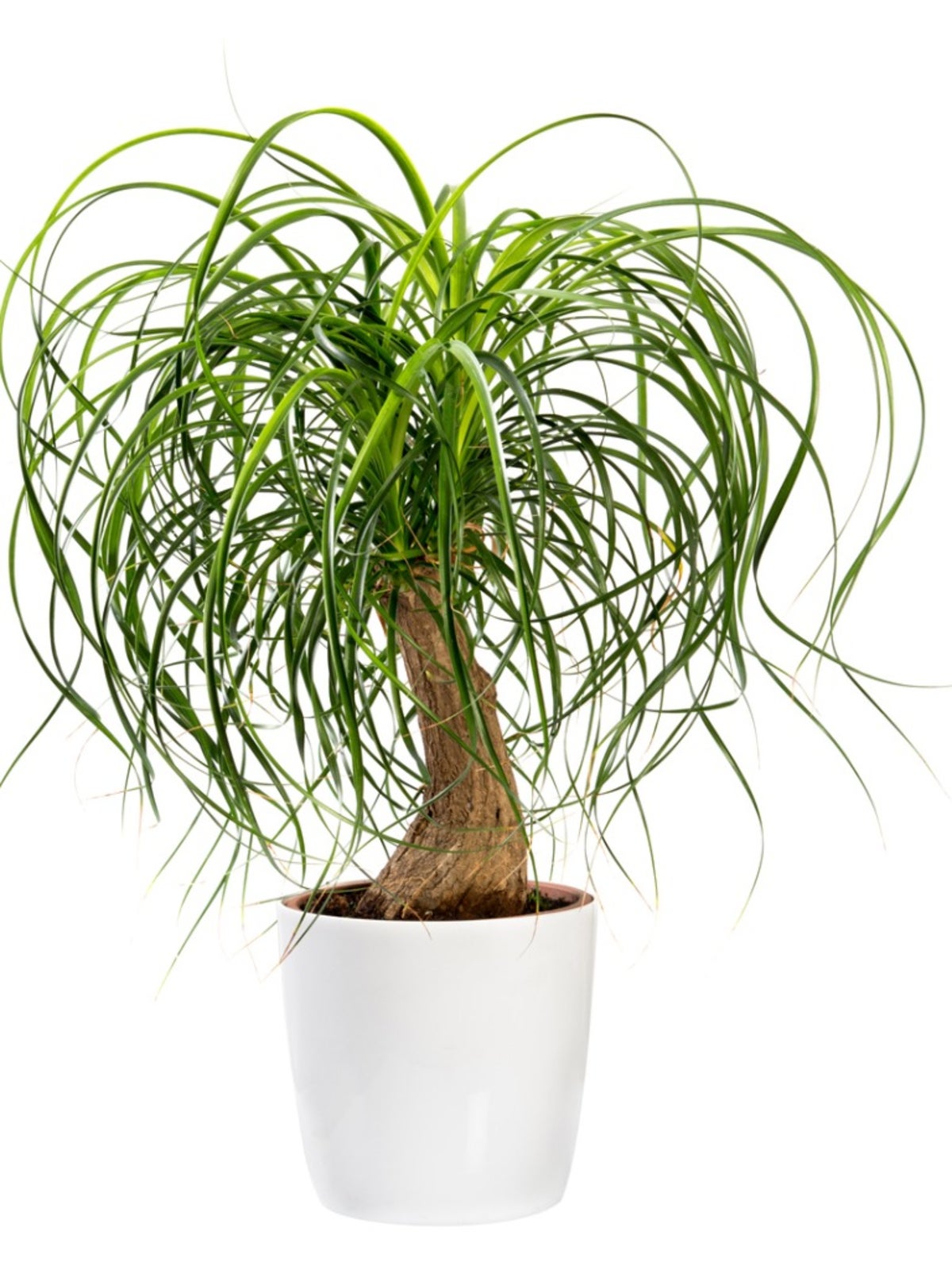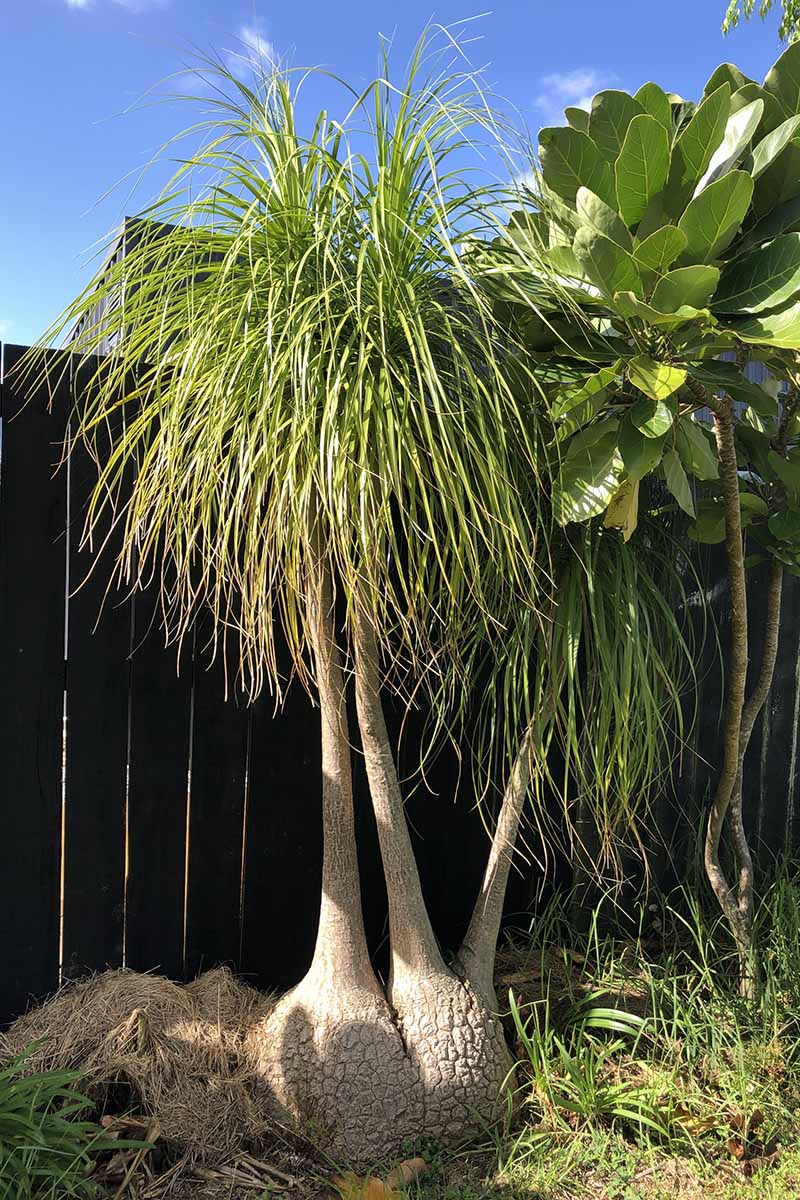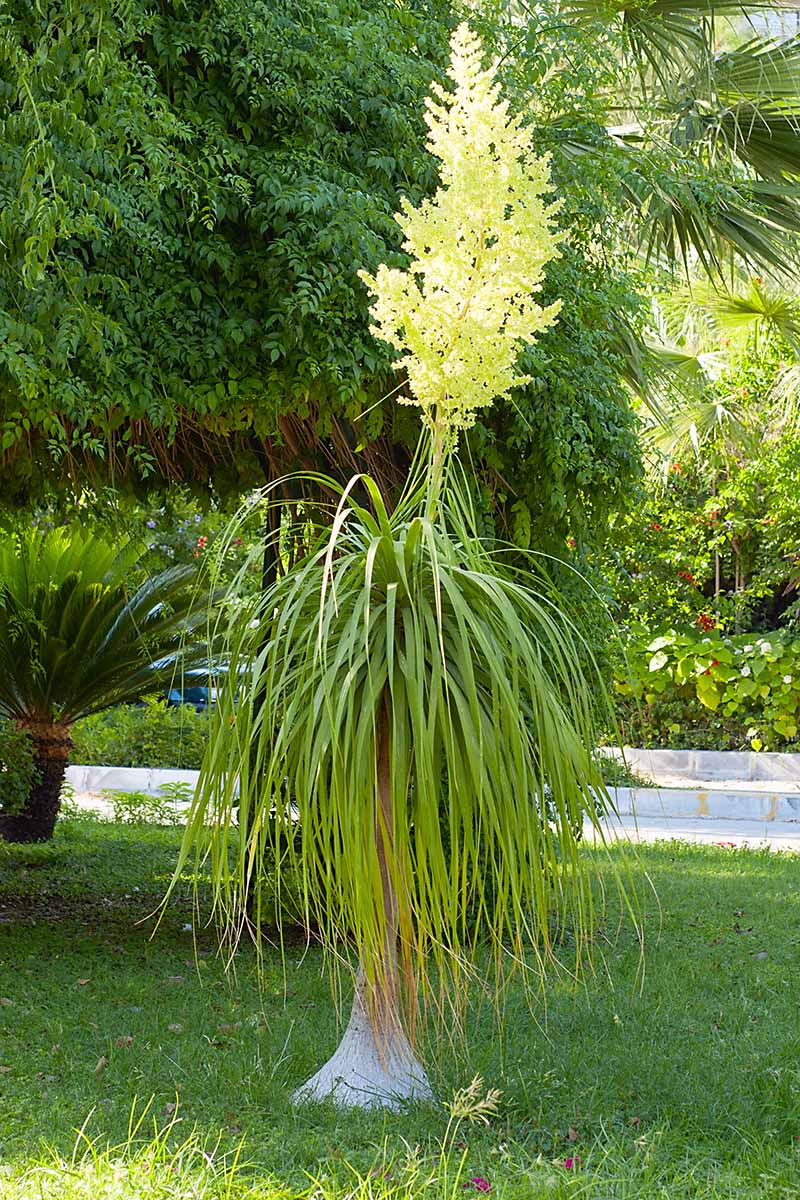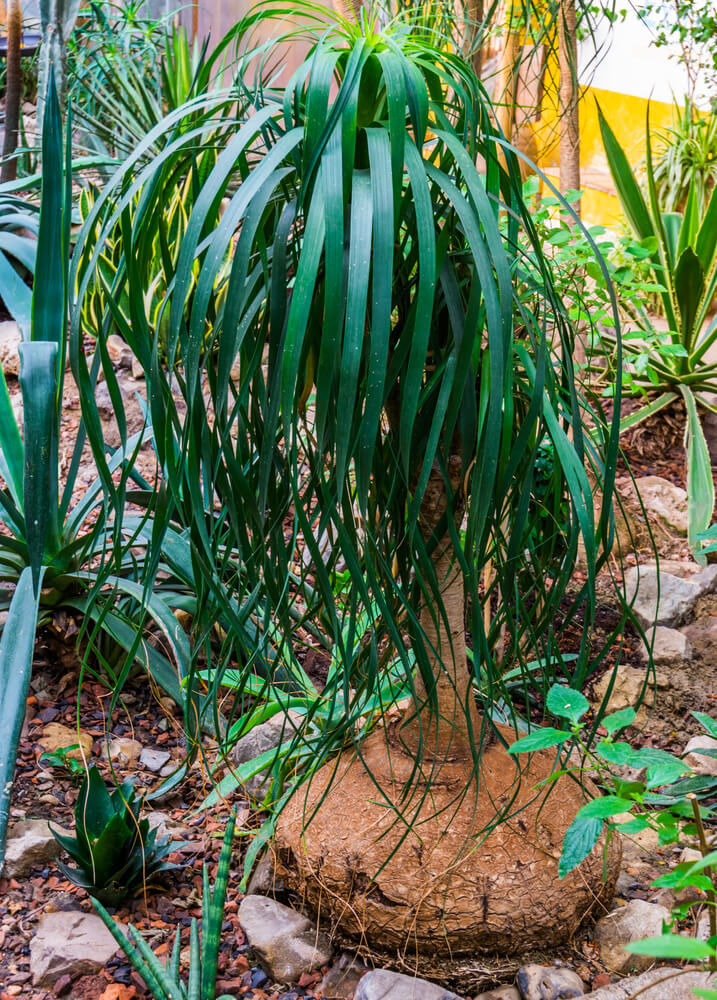Unlocking the Secrets of Ponytail Palm Care
The ponytail palm, with its unique, bulbous trunk and feathery leaves, is a stylish and low-maintenance addition to any home or office. This plant is perfect for busy individuals or those new to plant care, as it can thrive in a variety of environments with minimal attention. However, to ensure the longevity and beauty of your ponytail palm, it’s essential to understand how to care for it properly. By learning how to care for ponytail palm, you can enjoy its many benefits, including air purification, aesthetic appeal, and even stress relief. In this article, we’ll delve into the essential care tips and techniques necessary to keep your ponytail palm thriving.
Lighting Conditions: Finding the Perfect Balance
When it comes to lighting, ponytail palms require a delicate balance to thrive. Bright, indirect light is ideal, as it allows the plant to photosynthesize without becoming scorched. Direct sunlight, especially during peak hours, can cause the leaves to become discolored and the plant to become stressed. East- or west-facing windows are perfect for ponytail palms, as they provide gentle, indirect light. If you don’t have a window with natural light, you can also use grow lights to supplement the lighting. Remember, the key is to find a balance between providing enough light for growth and avoiding direct sunlight that can cause harm. By understanding how to care for ponytail palm in terms of lighting, you can create an environment that promotes healthy growth and beauty.
Watering Wisdom: Avoiding Overwatering and Underwatering
Watering is a crucial aspect of how to care for ponytail palm, as it requires a delicate balance to thrive. Overwatering can lead to root rot, while underwatering can cause the plant to become stressed and weak. To water your ponytail palm correctly, check the soil moisture by sticking your finger into the soil up to the first knuckle. If the soil feels dry, it’s time to water. Water your ponytail palm once a week during the spring and summer months, and once every 10-14 days during the fall and winter months. Make sure to water thoroughly, allowing excess water to drain from the pot. Avoid getting water on the leaves or crown of the plant, as this can cause rot and other problems. By understanding the correct watering schedule and technique, you can ensure your ponytail palm receives the right amount of moisture to promote healthy growth and development.
Nourishing Your Ponytail Palm: Fertilization Essentials
Fertilizing is a crucial aspect of how to care for ponytail palm, as it provides essential nutrients for healthy growth and development. Ponytail palms require a balanced fertilizer that is rich in nutrients, such as nitrogen, phosphorus, and potassium. A water-soluble fertilizer with a 20-20-20 ratio is ideal, and can be applied during the growing season (spring and summer) every 2-3 weeks. Dilute the fertilizer to half the recommended strength to avoid burning the roots. Avoid fertilizing during the dormant season (fall and winter), as this can cause the plant to become stressed. Signs of nutrient deficiencies include yellowing leaves, weak growth, and a lack of new leaves. By fertilizing your ponytail palm correctly, you can ensure it receives the necessary nutrients to thrive and maintain its beauty.
Pruning and Grooming: Maintaining Shape and Promoting Healthy Growth
Pruning and grooming are essential aspects of how to care for ponytail palm, as they help maintain the plant’s shape, promote healthy growth, and remove dead or damaged leaves. To prune your ponytail palm, use clean, sharp scissors or pruning shears to remove any dead or damaged leaves or stems. Cut back any overgrown stems to encourage new growth and maintain the plant’s desired shape. Remove any brown or yellow leaves, as these can attract pests and create an ideal environment for disease. Regular pruning also helps to promote air circulation and prevent fungal diseases. By pruning and grooming your ponytail palm regularly, you can maintain its beauty and encourage healthy growth. Additionally, pruning can help to control the plant’s size and shape, making it an ideal addition to any home or office.
Temperature and Humidity: Creating an Ideal Environment
When it comes to how to care for ponytail palm, temperature and humidity play a crucial role in maintaining the plant’s health and beauty. Ponytail palms thrive in temperatures between 65°F to 75°F (18°C to 24°C), making them an ideal addition to any home or office. Avoid placing your ponytail palm near heating or cooling vents, fireplaces, or drafty windows, as this can cause temperature fluctuations that can stress the plant. In terms of humidity, ponytail palms prefer a relatively low humidity environment, around 40-50%. To maintain the ideal humidity level, you can place the plant on a tray filled with water and pebbles or use a humidifier. Signs of temperature or humidity stress include yellowing leaves, droopy stems, and slow growth. By maintaining a consistent temperature and humidity level, you can create an ideal environment for your ponytail palm to thrive.
Pest Control and Disease Prevention: Common Issues and Solutions
When it comes to how to care for ponytail palm, pest control and disease prevention are crucial aspects to consider. Ponytail palms can be susceptible to pests such as spider mites, mealybugs, and scale, which can cause damage to the plant’s leaves and stems. To prevent pest infestations, inspect your ponytail palm regularly, and isolate any infested plants to prevent the pests from spreading. Treat infestations promptly with insecticidal soap or neem oil. In addition to pests, ponytail palms can also be affected by diseases such as root rot, which can be caused by overwatering. To prevent root rot, ensure good drainage and avoid watering your ponytail palm too frequently. If you notice any signs of disease, such as soft, mushy stems or yellowing leaves, remove any affected tissue and treat the plant with a fungicide. By taking proactive steps to prevent pests and diseases, you can ensure your ponytail palm remains healthy and thriving.
Troubleshooting Common Problems: Expert Solutions for a Thriving Ponytail Palm
Despite proper care, ponytail palms can still encounter issues that affect their health and appearance. When it comes to how to care for ponytail palm, troubleshooting common problems is essential to ensure the plant’s longevity and beauty. One common issue is yellowing leaves, which can be caused by overwatering, underwatering, or nutrient deficiencies. To address yellowing leaves, adjust your watering schedule, fertilize your ponytail palm, and prune any affected leaves. Another common problem is droopy stems, which can be caused by insufficient light or inadequate watering. To resolve droopy stems, move your ponytail palm to a brighter location and adjust your watering schedule. Slow growth is another issue that can arise, often due to inadequate fertilization or insufficient light. To promote healthy growth, fertilize your ponytail palm regularly and provide it with bright, indirect light. By being aware of these common issues and taking prompt action to address them, you can ensure your ponytail palm remains thriving and healthy.









